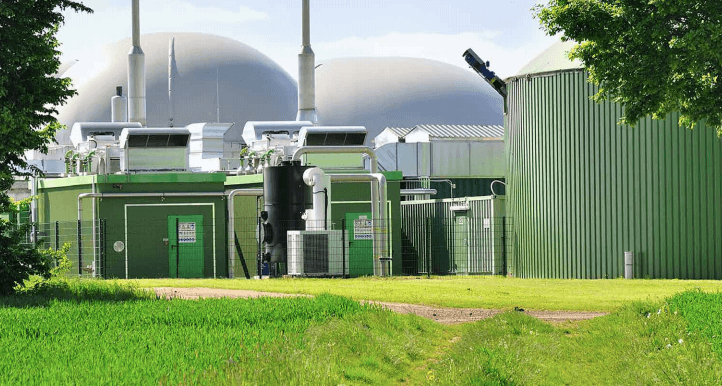Summary
Using specialised yeast bred for the purpose and an advanced refinery process called Fuel AND Food, the project converted sugarcane waste into three products: ethanol fuel, high nutrition animal feed and an environmentally friendly potential substitute for coal.
Need
Inedible plant materials are low cost and plentiful in supply. However their conversion into biofuels such as ethanol requires more complex technology than that used for first generation ethanol sources, which are mostly food crops such as corn, wheat and sugarcane.
Learn more
Project innovation
Using specialised yeast bred for the purpose and an advanced refinery process called Fuel AND Food, this project converted sugarcane waste into three products: ethanol fuel, high nutrition animal feed and an environmentally-friendly potential substitute for coal.
The project found that processing 2,000 dry tonnes of sugarcane waste each day could produce more than 131 million litres of ethanol and 117,000 tonnes of dried high nutrition feed yeast, along with 152,000 tonnes of ‘green coal’ which has the potential to be used as a substitute in coal-fired power stations.
The pilot-scale demonstration found the process could deliver next generation ethanol at a profit today with a minimum ethanol selling price (MESP) of 51 to 67 cents a litre. This is dependent upon the ‘green coal’ being sold at $90 a tonne and feed yeast at $700 a tonne.
Benefit
By producing sustainable renewable fuels and high nutrition animal feed from inedible plant materials this technology can help strengthen food security, reduce dependence on fossil fuels and reduce carbon emissions. It can also produce a highly nutritious animal feed alternative that meets local needs as well as compete for new export customers in global markets.
The Fuel AND Feed model is attractive for areas such as the Mackay region in Queensland which is home to one per cent of the State’s 12 million head of beef cattle as well as three active sugarcane mills.




